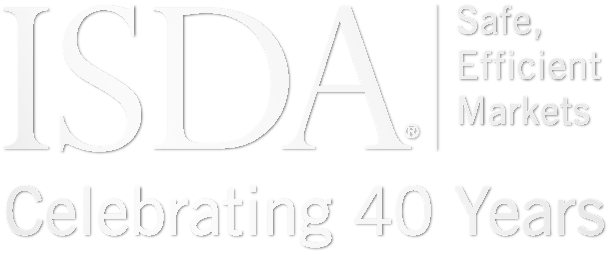This paper examines the benefits and use cases of over-the-counter (OTC) equity derivatives (EQDs). Additionally, it analyzes developments in the OTC EQD market, including the size and changes based on geography, product offerings and maturities of the notional outstanding.
Institutional investors, asset managers, hedge funds, pension funds, endowments, public and private companies, insurance companies, banks and other market participants use OTC EQDs for a wide range of reasons, including hedging, investment exposure, market access and diversification.
- Hedging: OTC EQDs offer flexibility and the ability to customize investment hedges.
- Investing: OTC EQDs can be structured to provide specific directional exposure and a more efficient means of investing in an underlying equity, index or basket.
- Market access: OTC EQDs can provide access to equity markets and companies that are either unavailable or too illiquid for investment via cash equity or exchange-traded EQD markets.
- Portfolio diversification: OTC EQDs provide an efficient means of diversifying investment portfolios by enabling more precise control of portfolio allocations.
The size of the OTC EQD market has been relatively stable over the past 15 years, ranging between $6.3 trillion and $7.6 trillion in notional outstanding. It comprises a relatively small percentage – 1-2% – of the overall OTC derivatives market.
From a product perspective, the OTC EQD market consist of swaps, forwards, options, contracts for difference and ‘other’ products.
- Notional outstanding of equity forwards and swaps has grown compared to that of OTC equity options.
- The US is now the dominant region for OTC EQD total notional outstanding measured by the nationality of the underlying issuer of the reference equity, whereas European developed countries were once the leaders.
- Most OTC EQDs have a short maturity – 63% of notional outstanding has a remaining maturity of one year or less.
The regulatory framework for these products has evolved in recent years. OTC EQDs have become more regulated and transparent, with trade reporting, margining and other rules now in place. The US Commodity Futures Trading Commission, the US Securities and Exchange Commission, the European Securities and Markets Authority and the UK Financial Conduct Authority have fully implemented regulations for OTC derivatives, including EQDs.
Documents (1) for Overview of OTC Equity Derivatives Markets: Use Cases and Recent Developments
Latest
Launch of ISDA Notices Hub and Protocol
ISDA has launched the ISDA Notices Hub and the ISDA 2025 Notices Hub Protocol, giving users a faster and more efficient method for delivering critical notices and reducing the uncertainty and risk of losses that can result from delays. The...
Response to Voluntary Carbon Markets Consultation
On July 10, ISDA responded to the UK government’s consultation on voluntary carbon and nature markets. The UK should continue to play a leading role in promoting the consistent legal treatment of carbon credits internationally, with the development of global...
ISDA Response – ROC Consultation on Revised CDE Version 4
The International Swaps and Derivatives Association, Inc. (ISDA) response to the Regulatory Oversight Committee (ROC) consultation on the harmonisation of critical OTC derivatives data elements (CDE) revised CDE Technical Guidance – version 4, submitted to the ROC on January 24,...
ISDA response to ESMA MiFIR Review Consultation
On July 11, ISDA submitted a response to the European Securities and Markets Authority's (ESMA) fourth package of Level 2 consultation under the Markets in Financial Instruments Regulation Review (MiFIR), on transparency for derivatives, package orders and input/output data for...



